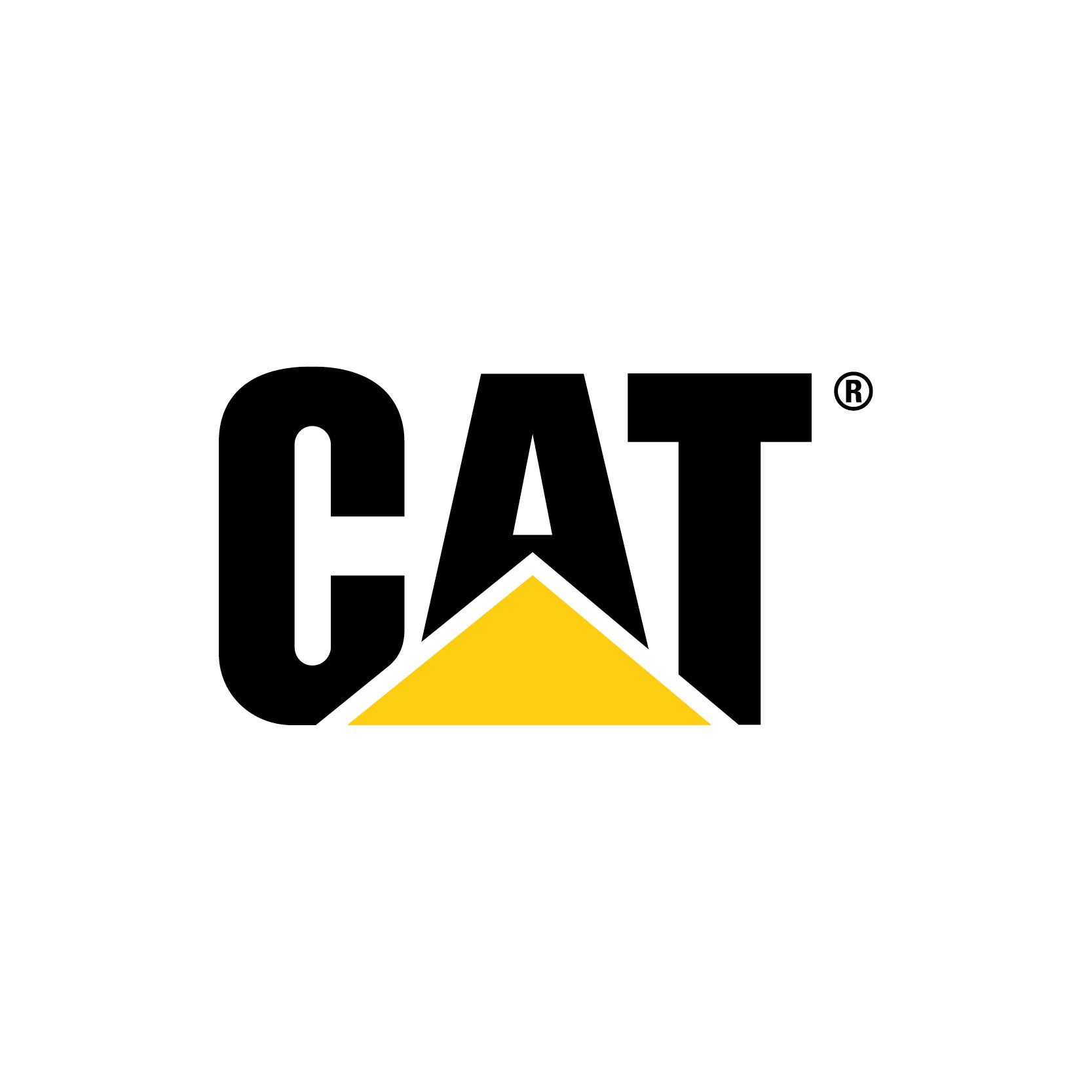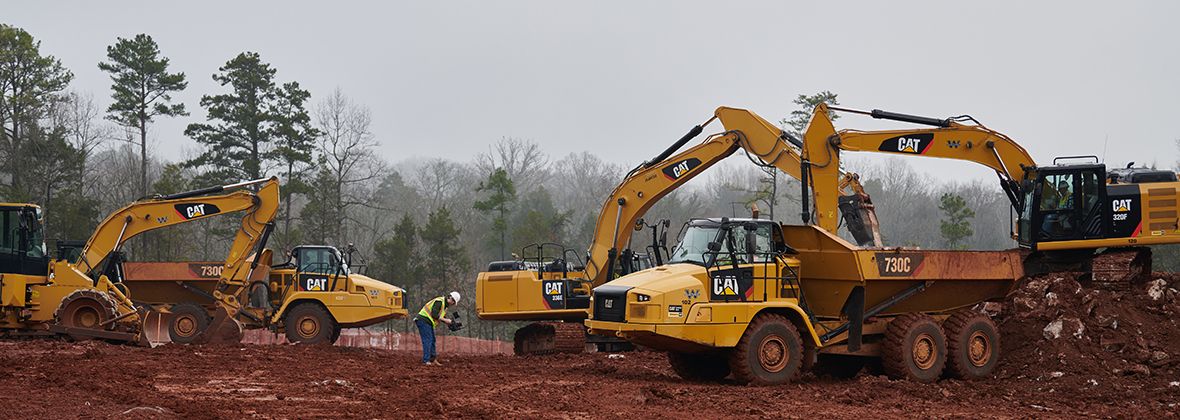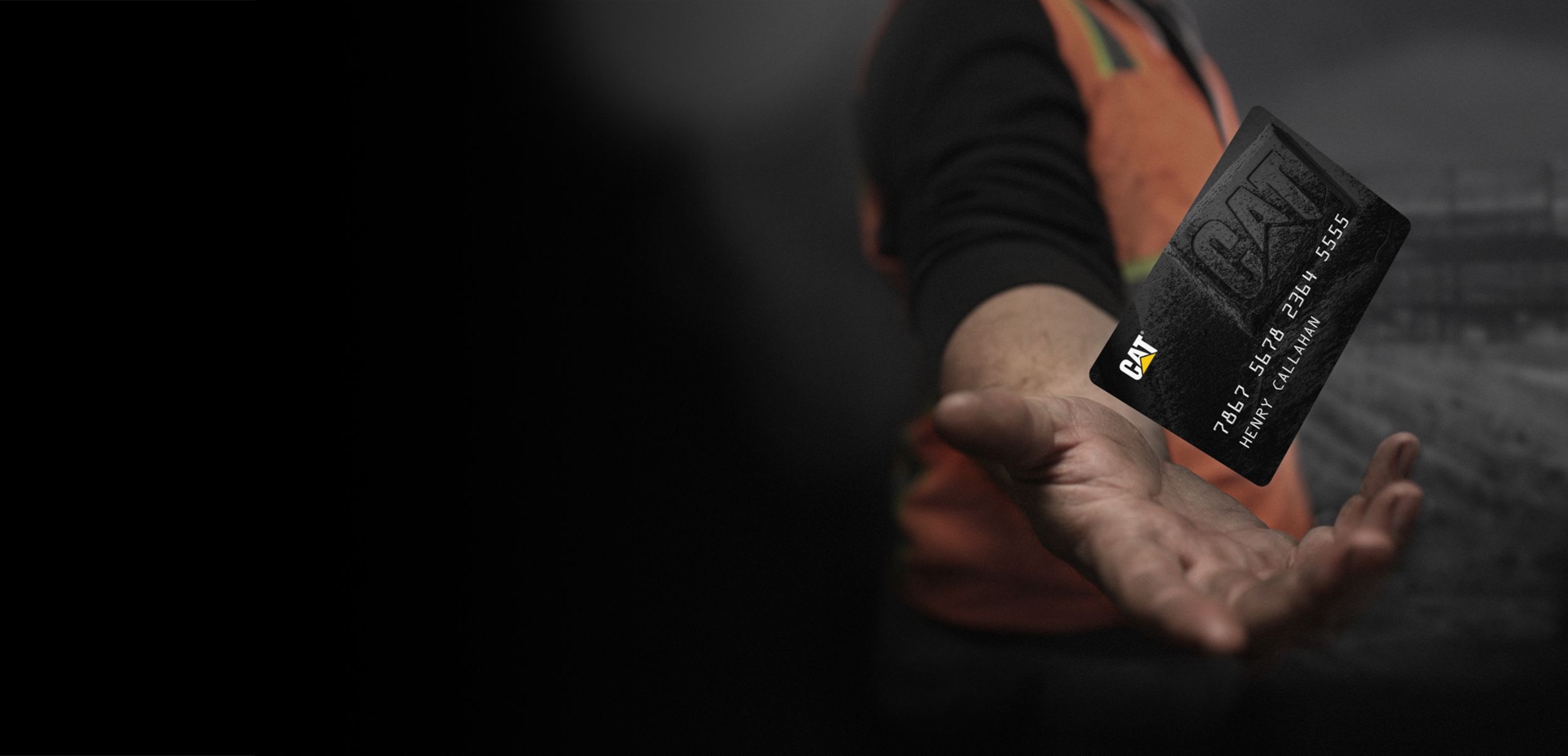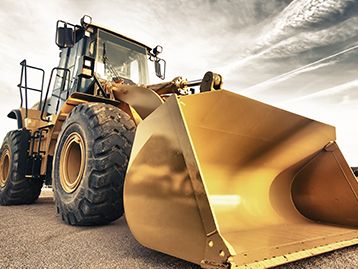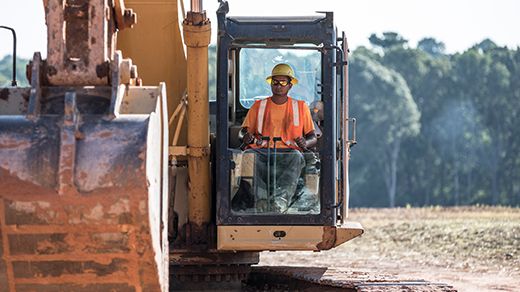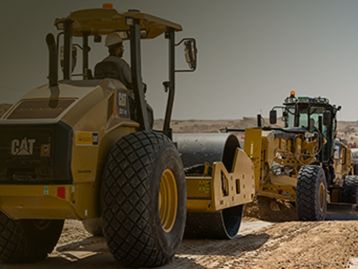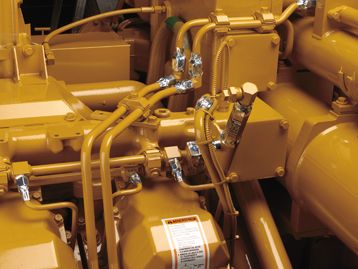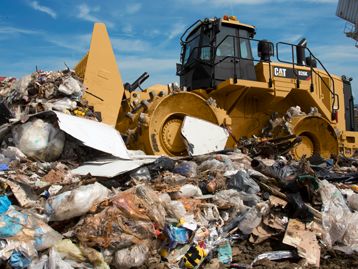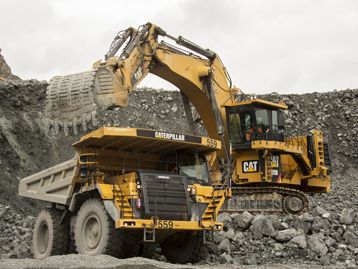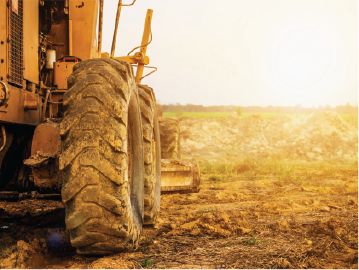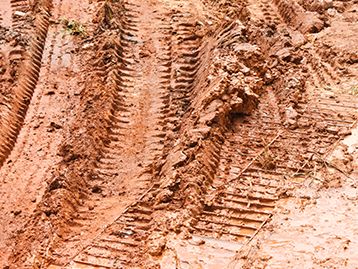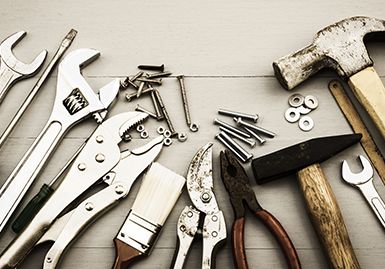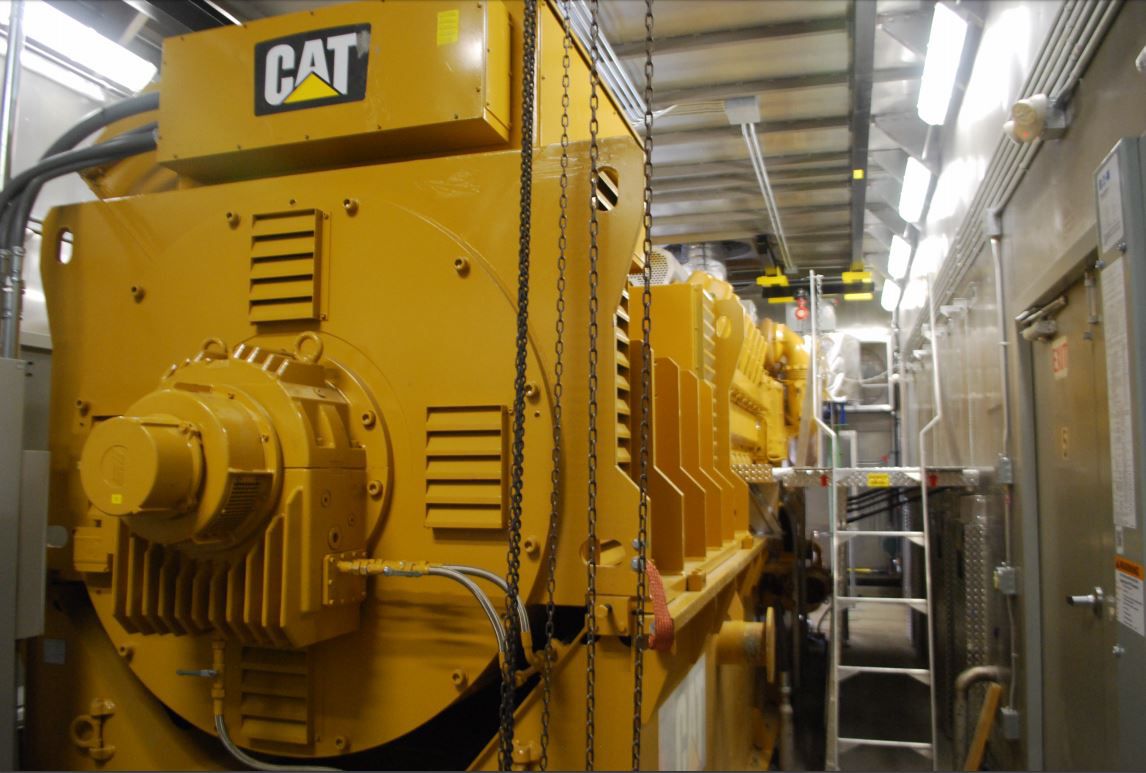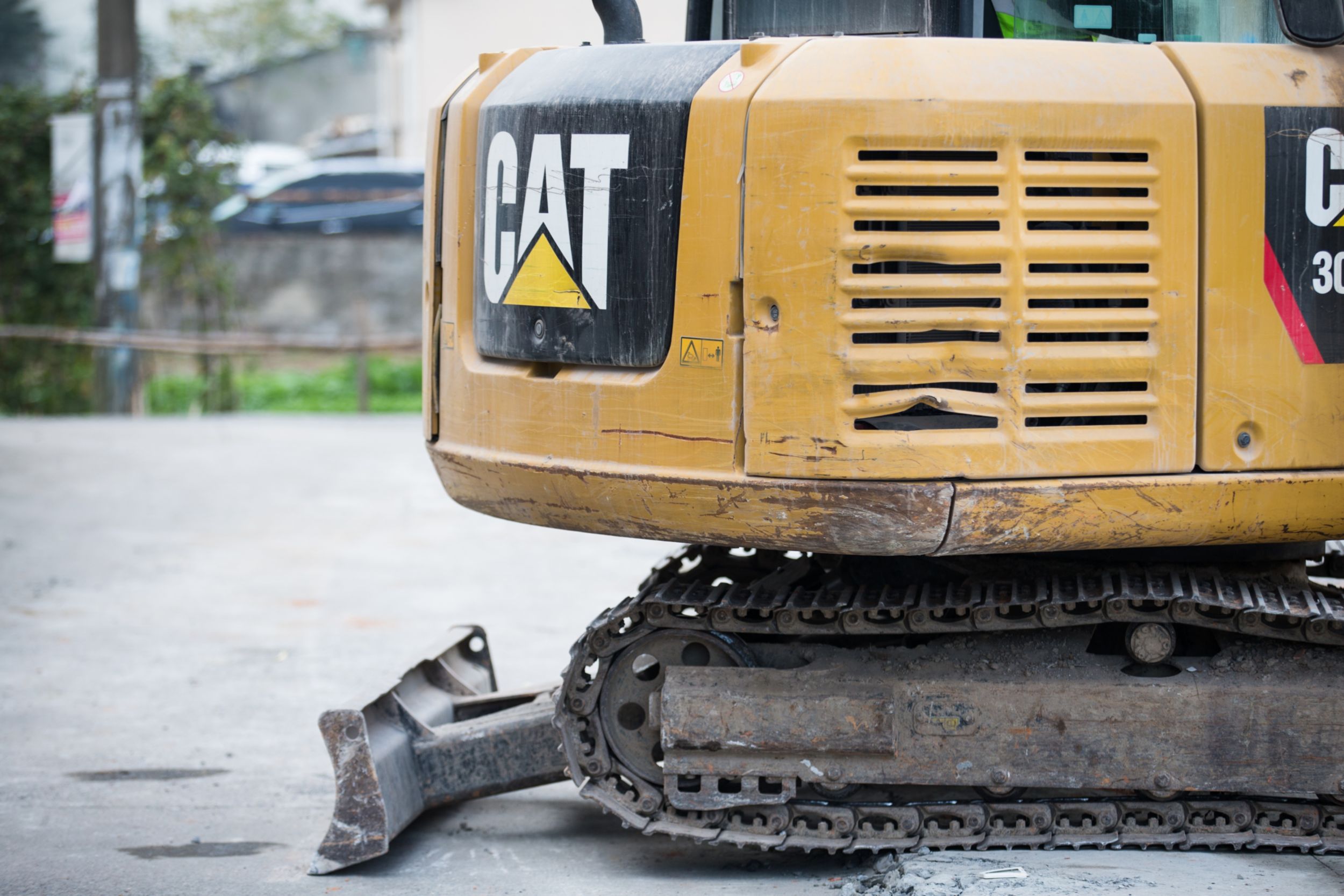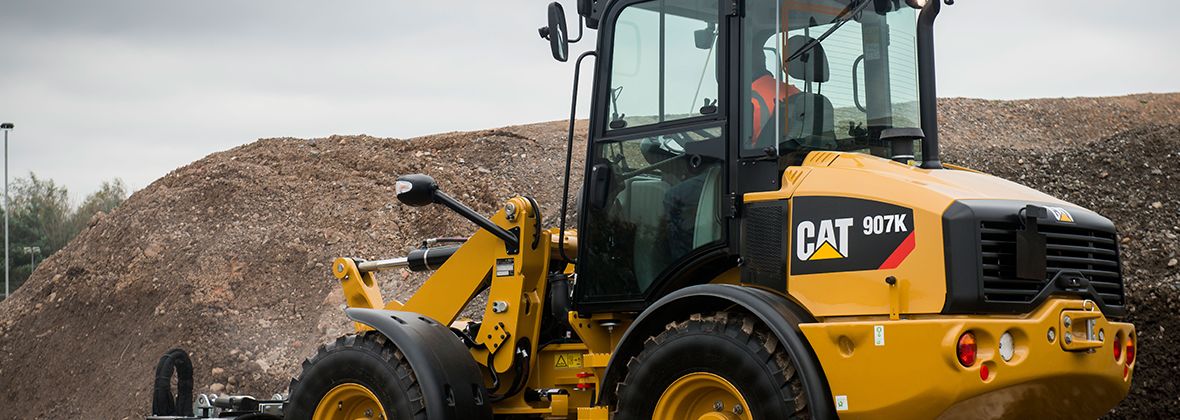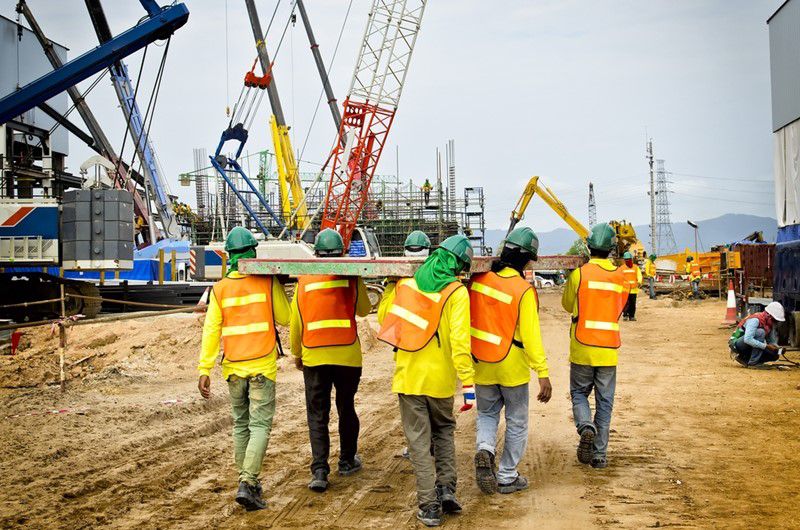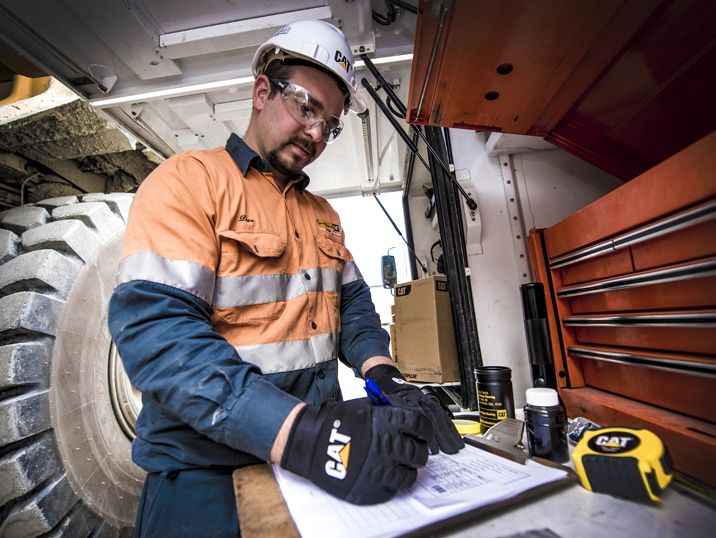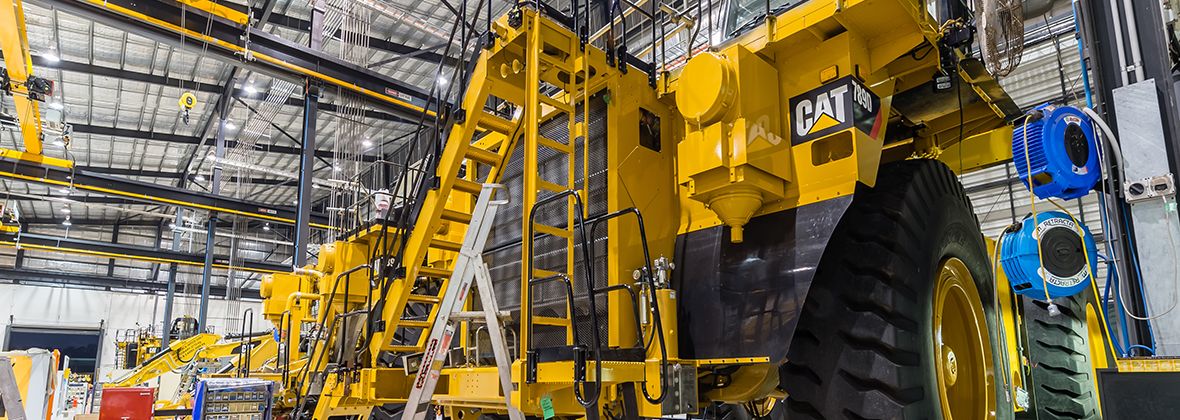If you already have an existing account with another Cat App, you can use the same account to sign in here.
One Account. All of Cat.
Your Caterpillar account is the single account you use to log in to select services and applications we offer. Shop for parts and machines online, manage your fleet, go mobile, and more.
Account Information
Site Settings
Security
TIPS FOR IMPROVING CASH FLOW AND WORKING CAPITAL
THREE SIMPLE STEPS TO FINANCIAL FLEXIBILITY
Cash flow and working capital are important considerations for every business owner. They're especially important for companies that use heavy machinery and a variety of expensive equipment to complete their work. How can your business improve its working capital and cash flow situations to ensure availability of funds for the wide variety of planned and unpredictable expenses it encounters?
Improve your working capital and cash flow with these 3 tips
1) Actively manage and review cash flow
It's easy to let regular review of incoming payments and outgoing spending fall by the wayside, assuming the tracking provided by a bank is enough to monitor and spot problems. While the official record is a valuable tool for double-checking transactions, it's not enough to stay on top of anticipated spending and revenue. Business owners have to be more active.
Using a cash flow statement - a ledger that tracks money coming into and leaving a business - helps you understand exactly where and when the cash flow situation changes. Major categories to track include net earnings, additions to cash and subtractions from cash - including inventory, bills, equipment purchases and similar considerations. This level of detailed attention, where business owners can get a real-time picture of their current cash flow situation, means it's easier to catch potential issues and address them before they grow.
2) Quick billing
In many industries, it's common to have delays in both accounts receivable and payable. Although the exact number of days can vary greatly, a month or more is regularly seen in some contexts. The lag between providing services and receiving payment can put strain on cash flow and reduce available working capital, both of which are less-than-optimal outcomes for business owners.
There are a few ways to approach this issue, depending on the market a business operates in and its financial considerations. One is to simply bill clients as soon as a job is complete and request quick payment afterward. To take this strategy to the next step, you can offer discounts to those who pay their bill in a short amount of time, such as a week or 10 business days. This incentive can spur action on the part of clients and reduce the latency that can drag down the amount of available cash your business has on hand.
3) Effective equipment leasing options
Purchasing heavy equipment can place a major strain on your business's cash flow, tying up working capital and making it difficult to address any number of planned and unpredictable expenses. One way to work around this concern is to lease equipment instead of purchasing it outright. Leasing creates a cost that's more manageable and predictable in the short term, spreading out the large price tag over several months or years.
Other benefits of leasing include the opportunity to enjoy some tax benefits, like expensing, even though the machinery is still owned by the lessor. There are plenty of leasing options, too, to make sure business owners find the best fit among the many choices of terms and conditions. To learn more, get in touch with Cat Financial today.
Additional Articles
Find in-depth articles to answer your questions about construction equipment financing, and expert tips to help you navigate today's economy as a successful business.
-
DO NOT PUBLISH | ESC Content
Learn More -
Cat Financial Can Do More Than Help You Get Equipment
Learn More -
Skid Steer Loader: The Jack of all Trades
Learn More -
Quick Start Guide to Managing Your Account Online
Learn More -
Quick Start Guide to Managing Your Account Online
Learn More -
Equipment Financing Trends for 2021
Learn More -
9 Benefits of Equipment Financing
Learn More -
Cat® Power Finance
Learn More -
How to make the most out of equipment financing
Learn More -
5 Tips for Analyzing a Balance Sheet
Learn More -
3 Helpful Online Financing Tools For Business Owners
Learn More -
How to Save Time on Your Next Heavy Equipment Purchase
Learn More -
Telematics Part 1: What Is Telematics and Why Is It Important for Construction Businesses
Learn More -
Benefits of a Cat® Card with Cat Financial | Cat | Caterpillar
Learn More -
4 Tips to Generate Cash Flow as a Mining Company
Learn More -
Fraud Prevention Checklist
Learn More -
Payment and Affordability Calculator
Learn More -
Find Out How Skip Payments Can Help You Manage Your Business Better
Learn More -
Equipment Financing Trends for 2021
Learn More -
Do I Need Commercial General Liability Insurance?
Learn More -
How to Deal with Financial Hardship in the Construction Industry
Learn More -
How Technology Can Help You Operate Your Business
Learn More -
The Truth About Renting | Part 2
Learn More -
5 Steps to Stop Equipment Theft
Learn More -
The Truth About Renting | Part 1
Learn More -
Equipment Financing: Answering Questions and Debunking Myths
Learn More -
Tips for Improving Your Credit Score
Learn More -
How Contractors Can Weather an Economic Downturn
Learn More -
Equipment Financing Requirements: Four Key Factors
Take a Look -
When Should You Consider Expanding Your Business?
Learn More -
How Bonus Depreciation Can Help Your Business
Learn More -
What Construction Jobs Aren't Worth Taking?
Learn More -
I Have the Money to Pay for Equipment in Cash. Why Should I Finance Equipment Instead?
Learn More -
What Is Caterpillar Pay For Use™ And How Does It Help Your Business?
Learn More -
Telematics Part 2: How Equipment Technology Helps Construction Businesses
Learn More -
Telematics Part 1: What Is Telematics and Why Is It Important for Construction Businesses
Learn More -
Tools for Success: Grow Your Business with an Effective Cash Flow Template
Learn More -
Tools for Success: How to develop a balanced scorecard for your company
Learn More -
Bids that Beat the Competition
Learn More -
How to Get Financing for an Engine Overhaul
Learn More -
Maintenance Tips: Protecting Your Equipment from Normal Wear and Tear
Learn More -
An In-Depth Guide to Mining Equipment and Technology
Learn More -
Tips for Scheduling Equipment Maintenance
Learn More -
Managing Cash Flow When the Market Takes a Downturn
Learn More -
Maintenance Tips to Winterize Your Heavy Equipment
Learn More -
Acquiring a Construction Backhoe Loader
Learn More -
4 Benefits of an Effective Business Plan
Learn More -
How to Avoid Extra Costs at the End of Your Lease
Learn More -
The Benefits of Buying or Leasing Used Equipment
Learn More -
6 Things You Should Know Before Contacting Equipment Leasing Companies
Learn More -
The Equipment Financing Questions You Need to Ask at Your Next Trade Show
Learn More -
The Ultimate Guide to Leasing Products
Learn More -
Is Your Business Protected for the Future?
Learn More -
Grow Your Business with These 4 Tips
Learn More -
5 Tips for Analyzing a Balance Sheet
Learn More -
Understanding Federal and State Grants for Business
Learn More -
Effective Use of Cash Vs. Credit for Equipment Purchasing
Learn More -
Reduce Workplace Accidents with Effective Safety Strategies
Learn More -
The Importance of Having an Effective Construction Safety Culture
Learn More -
Business Health: Identifying Priorities that Contribute to Growth
Learn More -
Tools for Success: Building a Strong Bidding Template
Learn More -
What Is Direct Pay?
Learn More -
Understanding Your Options for Lease Modification
Learn More -
Budgeting 101: How to Create a Budget for Your Business
Learn More -
Business Health: Managing Risk to Make Effective Investments
Learn More -
How to make the most out of equipment financing
Learn More -
test-quiz
Learn More -
Building and Maintaining a Good Crew
Learn More -
Understanding the Importance of the Belt and Road Initiative
Learn More -
What the Belt and Road Initiative Means for the Modern Economy
Learn More -
Flexible Financing
Learn More -
Prepare Your Business for a Natural Disaster
Learn More -
test
Learn More -
The Benefits of Cat Power Finance
Learn More -
Four Easy Steps to Protect Your Cat® Engine or Generator Set
Learn More -
Comparing Equipment Lease Vs. Loan
Learn More -
Benefits of Equipment Leasing | Cat | Caterpillar
Learn More -
Benefits of a Cat® Card with Cat Financial | Cat | Caterpillar
Learn More -
The Tax Benefits to Buying Used Equipment | Cat | Caterpillar
Learn More -
How Does Small Business Equipment Financing Work? | Cat | Caterpillar
Learn More -
Discover the Benefits of Donating Heavy Equipment
Learn More -
Business Health: The Basics of a Profitability Review
Learn More -
Protecting Your Small Business: 3 Reasons to Make Sure You're Covered
Learn More -
4 Easy Steps to Break Down Financial Barriers
Learn More -
The Immediate and Long-Term Value of Captive Finance Companies
Learn More -
Legacy Planning: Your Business After You
Learn More -
Protect Your Livelihood by Protecting Your Equipment
Learn More -
6 Helpful Tips When Applying for Commercial Financing
Learn More -
What Does a Lender Look For?
Learn more -
What will the World Look Like After the Belt and Road Initiative is Complete?
Learn More -
Extend the Life of Your Equipment with a Rebuild
Learn More -
A Guide to Equipment Financing
Learn More


